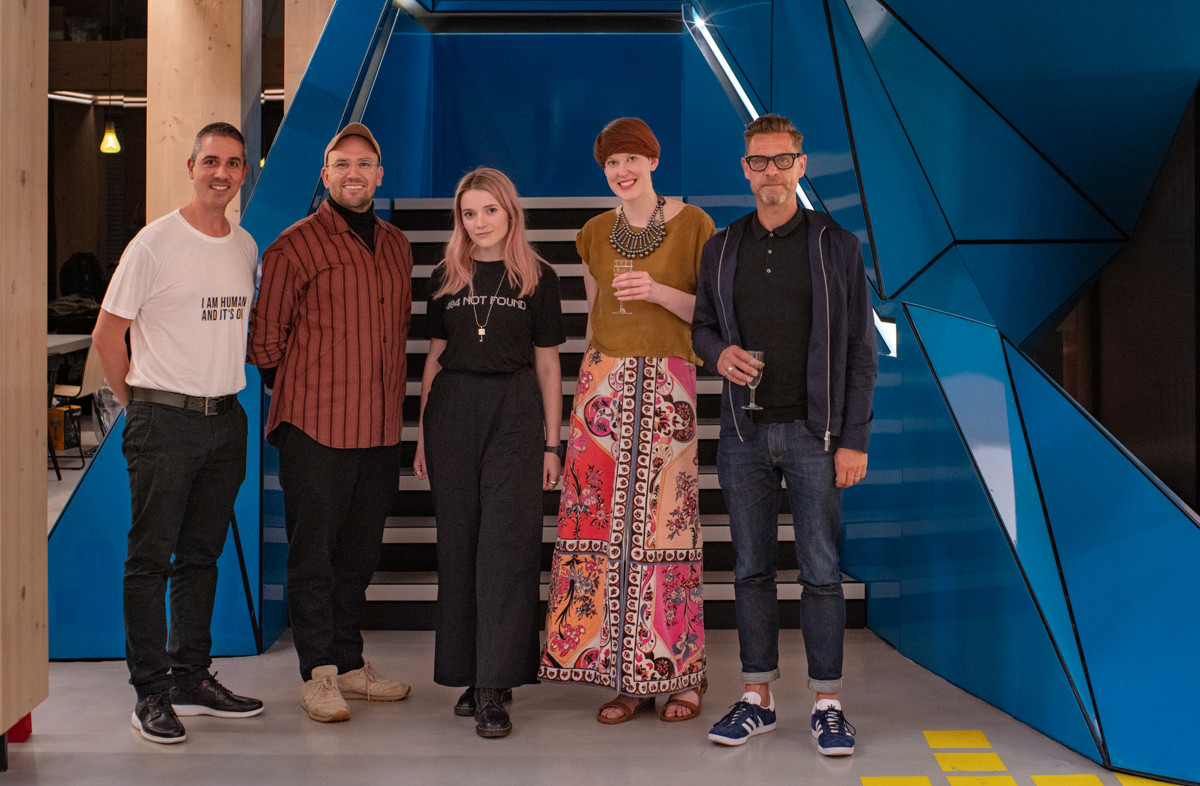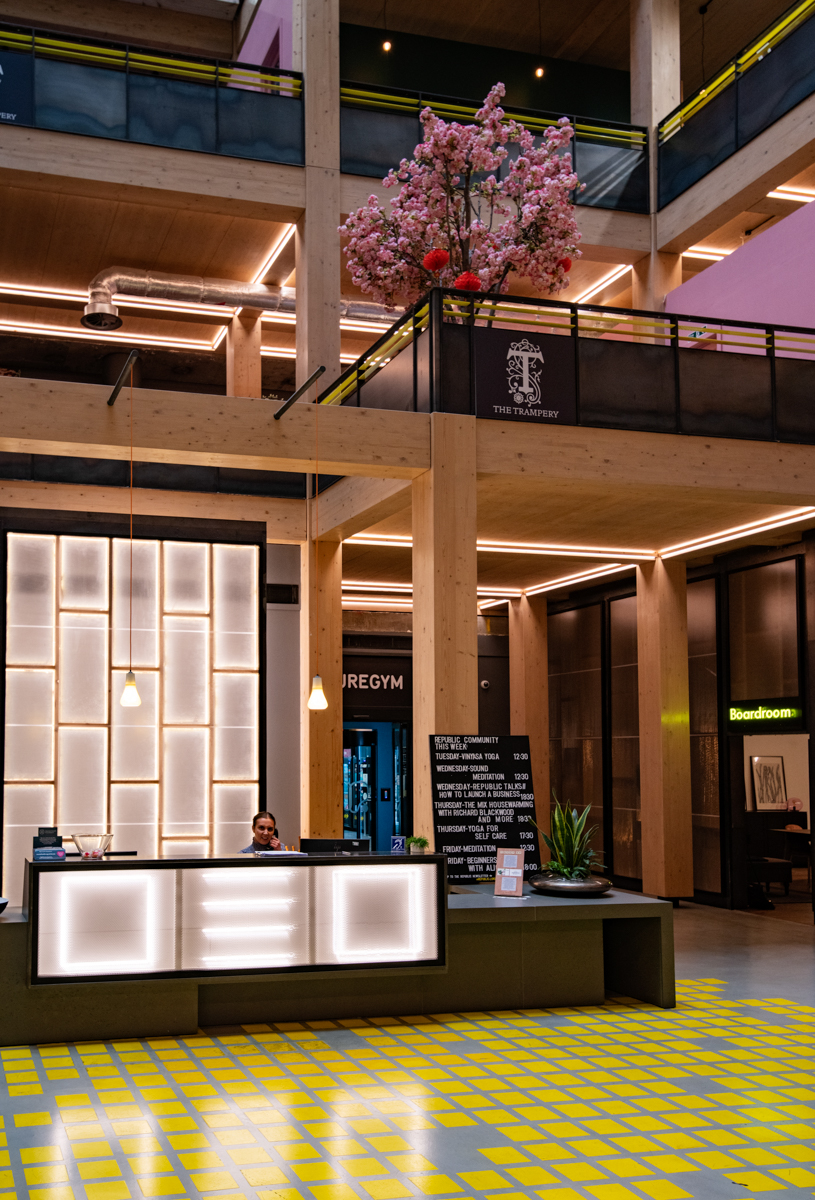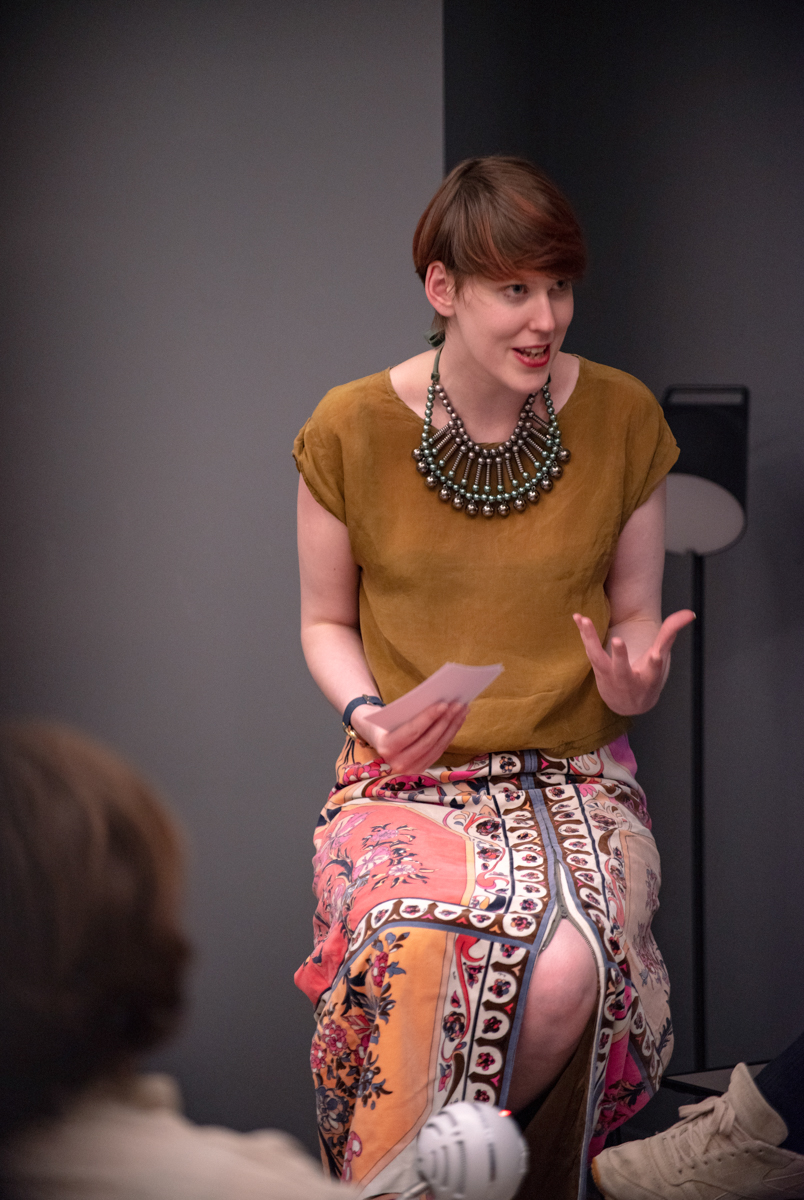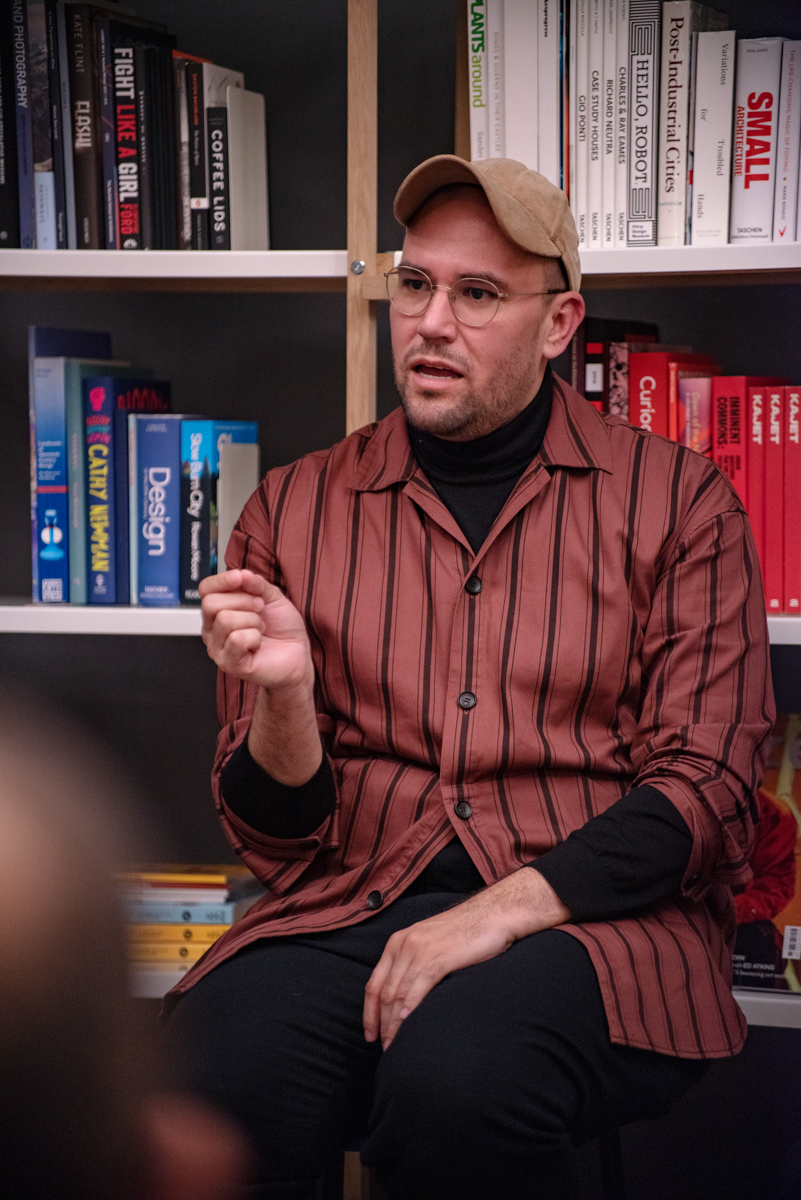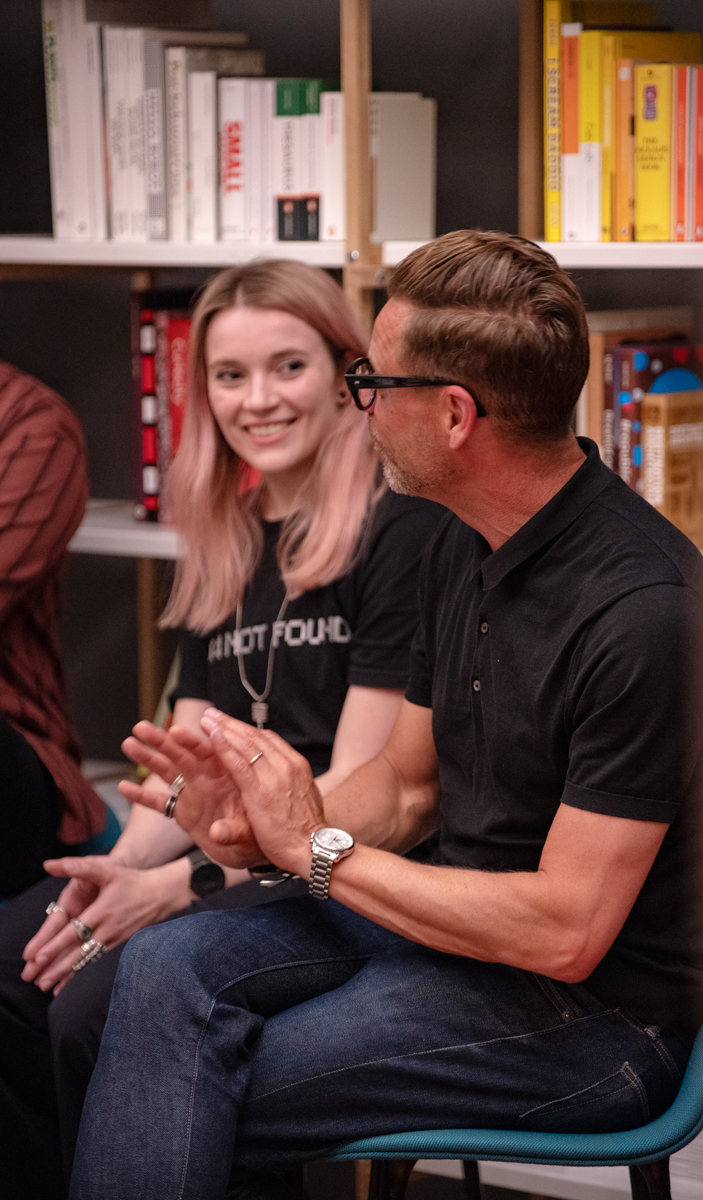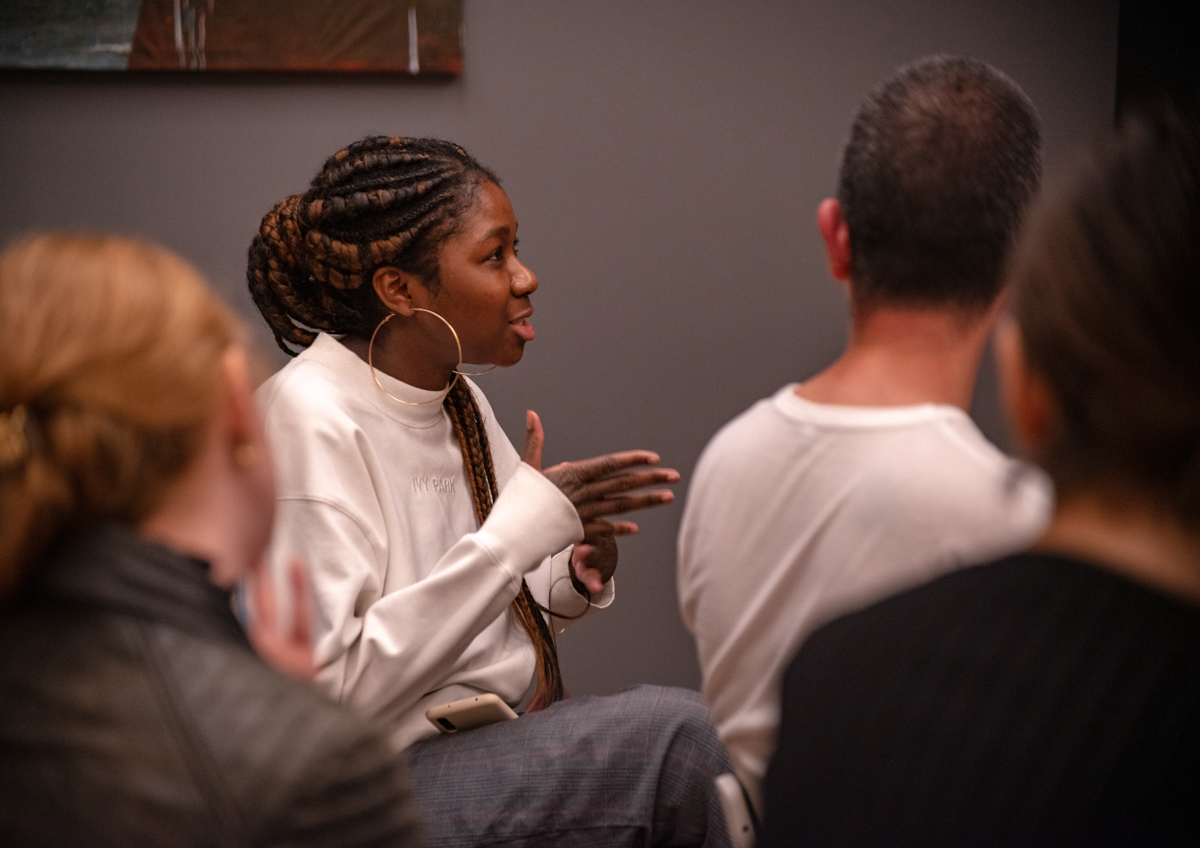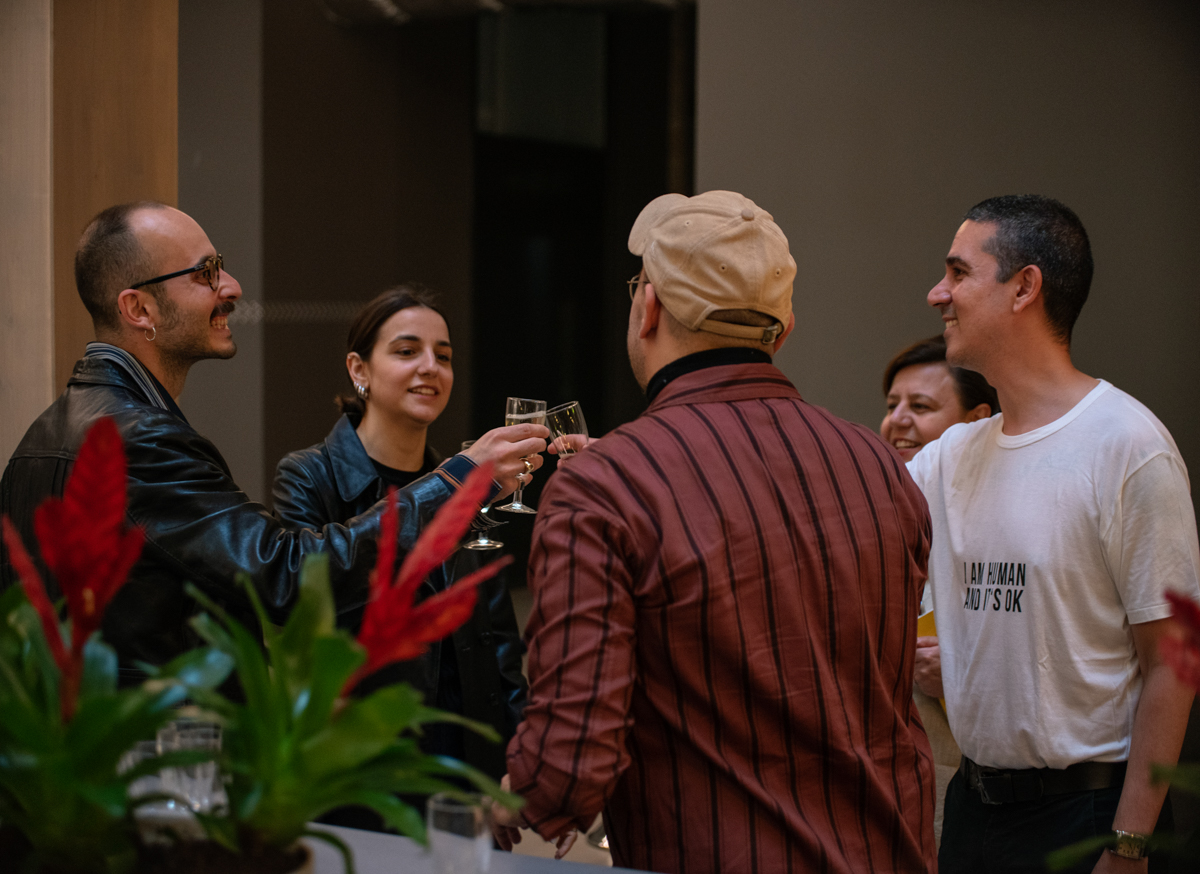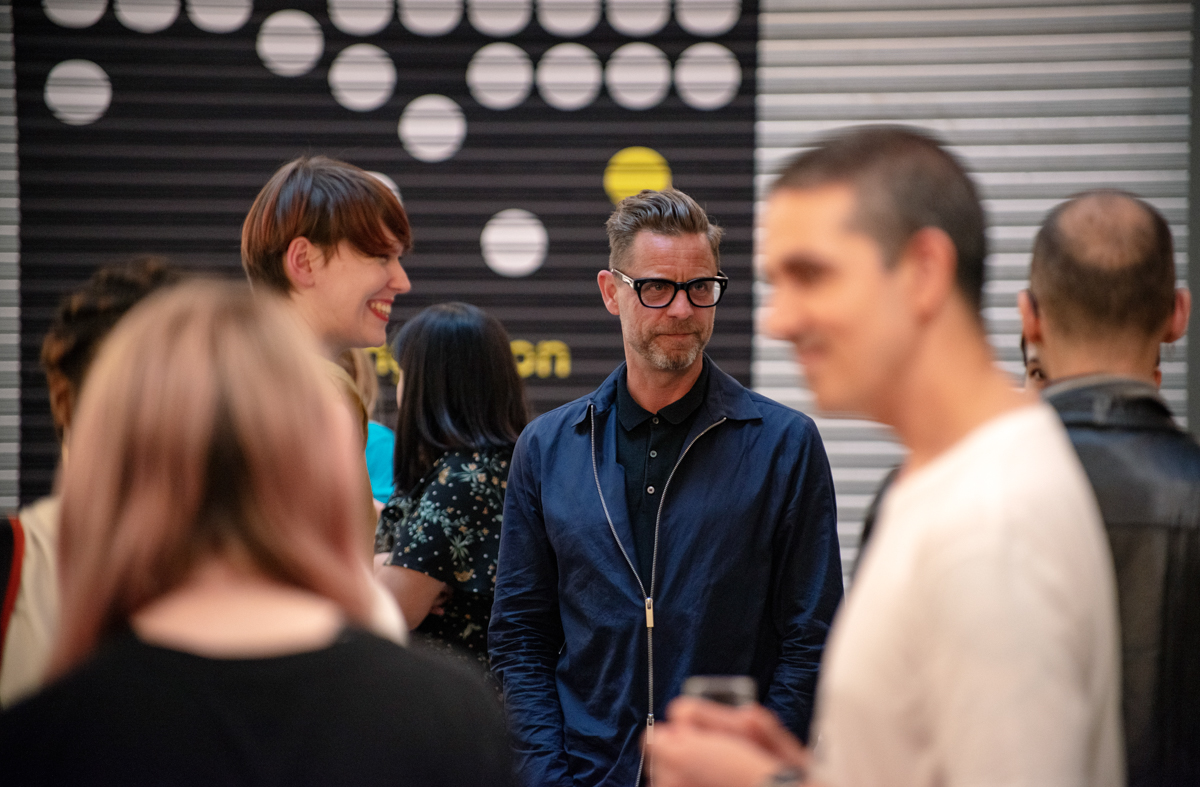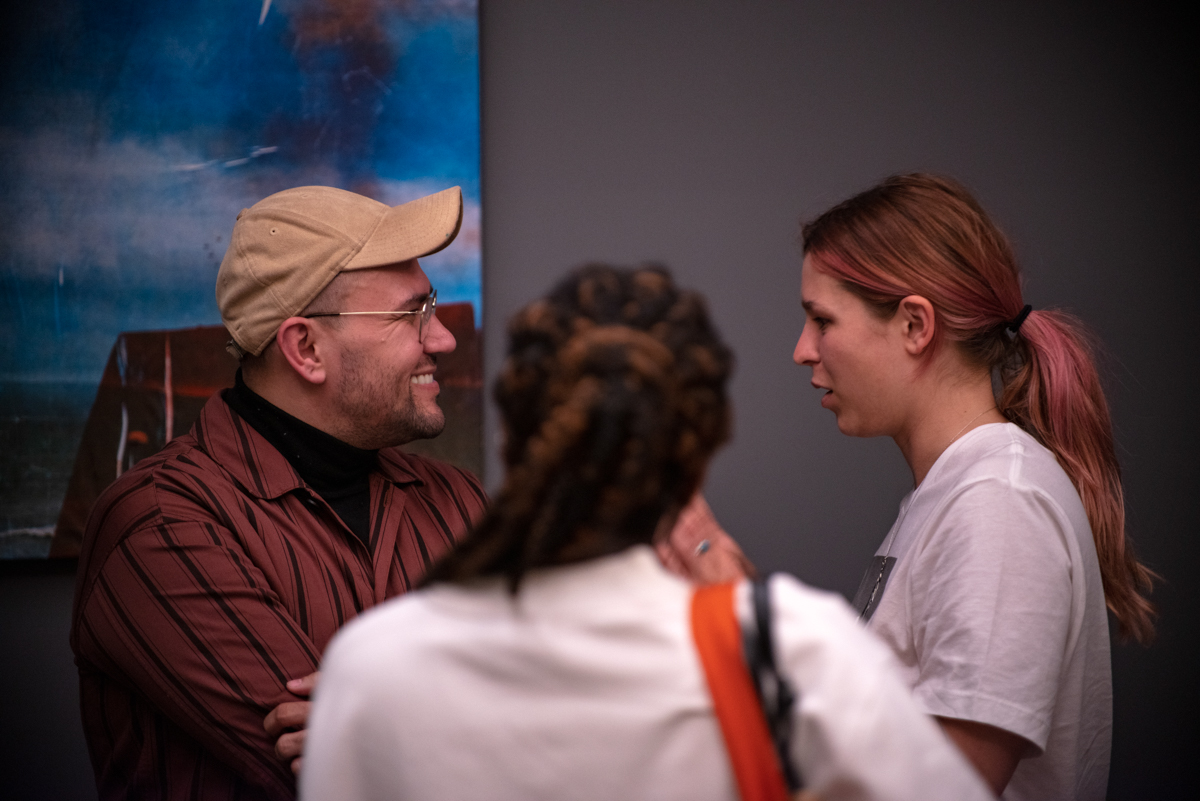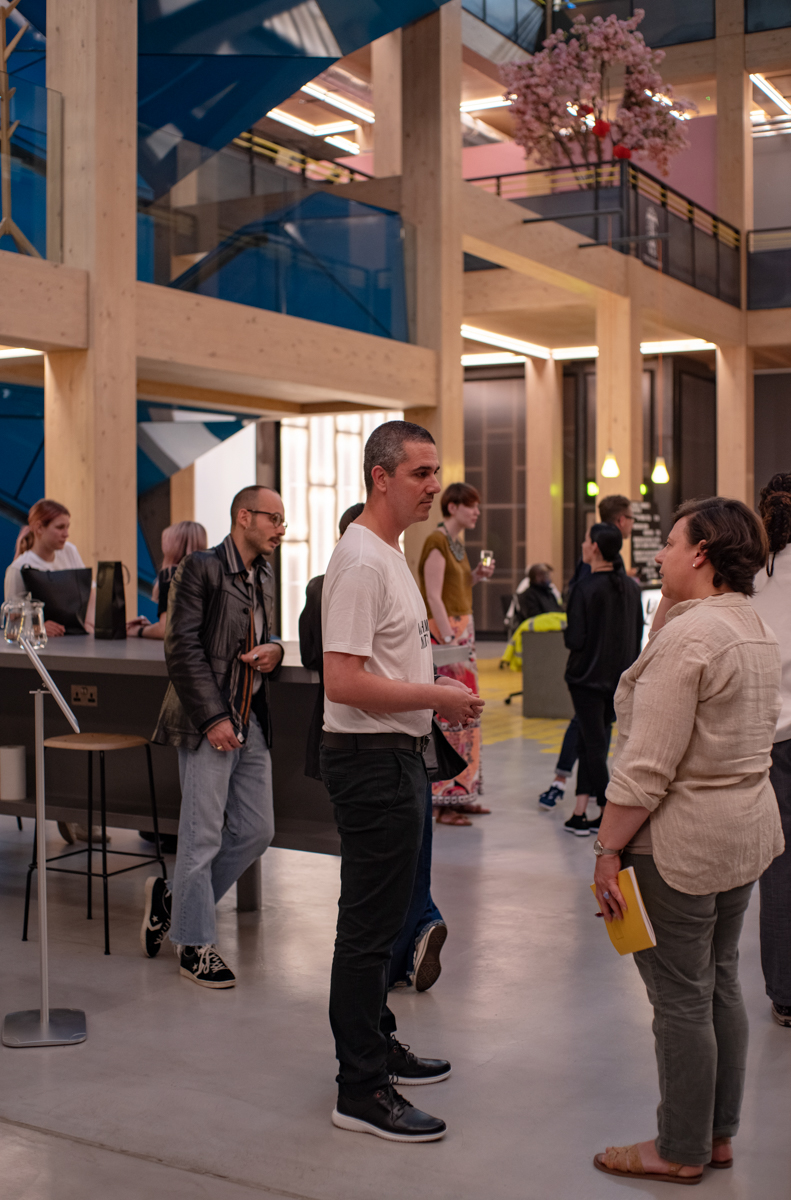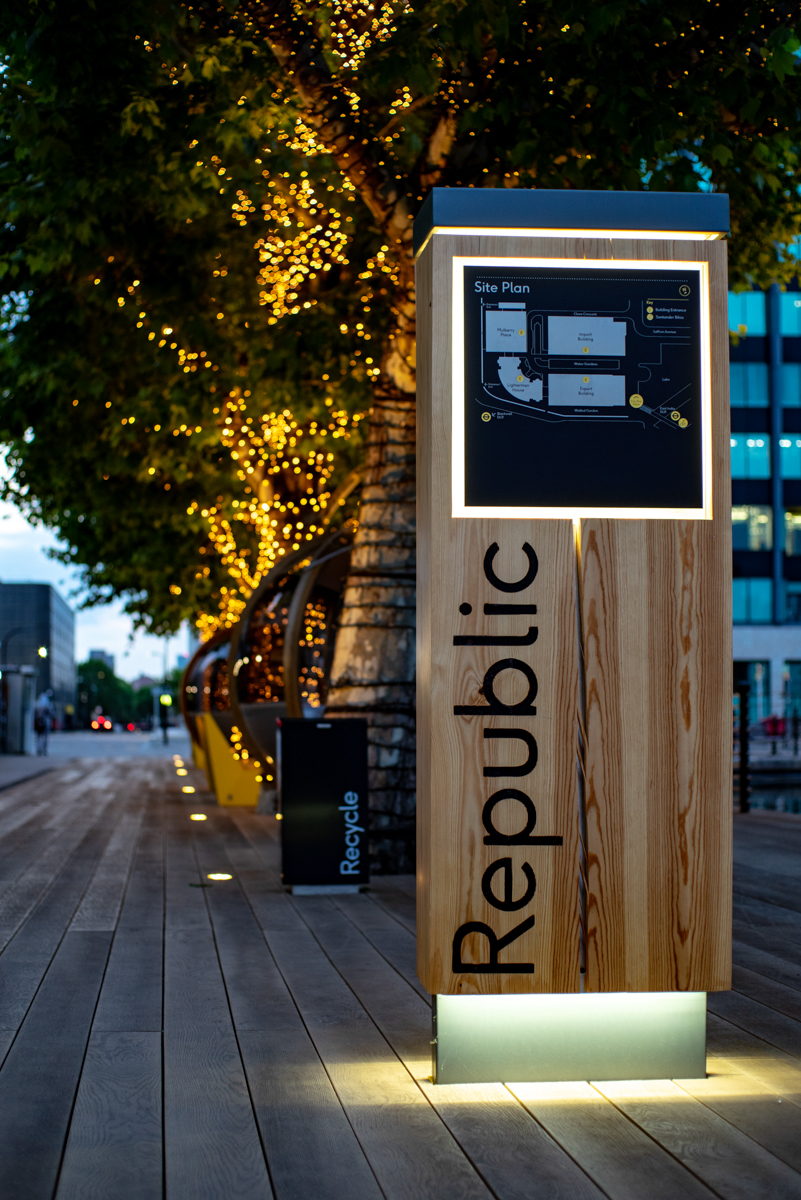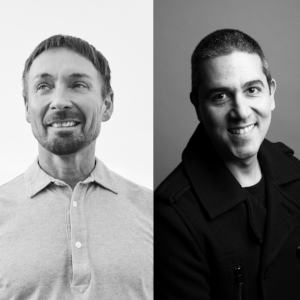I’m writing this post in the middle of a heatwave. Tomorrow, the mercury will rise to an unprecedented 38º C in London, which means that it will be hottest here than in my tropical native country of Panama. Funny enough, summer-loving people in London are celebrating this weather without thinking for a second that this heat is a sign that our planet is not doing well. Admittedly, I am a winter person, and I don’t like the heat, but if I go to a Caribbean beach in Panama and all of a sudden it starts snowing I would be far from happy. We are warming up the planet to extinction, but we are going down with a celebration.
Around this time last year, I wrote a post on sustainability and the myths of Recycling and how we need to reduce our waste as much as possible. Today, I write about why we should be cautious when the brands that we buy from tell us that they are sustainable and green. Over the last year, many brands have jumped on the wagon of sustainability, especially fast fashion brands, but I wonder if we are starting to use this term as a selling point rather than as a real concern for the planet.
I’m not underestimating the efforts and the investments that brands are making to become more sustainable. But, some of the things that these brands are advertising as their efforts to becoming green are just a fraction of what they need to be doing. To be truly sustainable, a brand must acknowledge that the life-cycle of a garment is longer than they had anticipated and should also include the life after the item has been worn and replaced.
This new way of thinking about the life-cycle of clothes involves both brands and consumers. We are all in this together and if we don’t want to kill our planet, we must act now.
What actions can we take right now to become more sustainable?
As Brands:
Use sustainable materials/suppliers/processes: this is what the majority of brands calling themselves sustainable are doing right now, and in principle, it is something good. But it is just the first step on the roadmap to sustainability. The work doesn’t end there; there is more to be done.
Source locally: it is kind of counterproductive to source sustainable materials in remote places, ship them all the way to the factories and then ship the finished garments to distribution centres where they will be shipped again to the points of sale. It really doesn’t matter how sustainable a brand’s materials are if the carbon footprint of their supply chain is destroying the Earth.
Generate less waste: this is the tricky bit. Fashion brands need to sell to stay in business and to sell more, you need to produce more, but there must be a limit to the amount and frequency of the items produced. A brand may be the greenest of them all in sourcing sustainable fabrics or having a sustainable supply chain, but if they are releasing hundreds of new designs each month to force their customers to keep on renewing their wardrobe, all their sustainability efforts will go to waste. Literally. The real challenge of turning a fashion brand into a sustainable brand is how to make customers buy new clothes while at the same time stopping them from sending the old ones to landfills or incinerators. This is where the concept of circular economy comes in, but is it really possible to make fashion circular?
Keep it affordable: Price is the icing on the cake. Sustainable materials and research are still not cheap and to be able to lower their cost we would need to produce and sell so much that we would be contributing to the problem of waste while trying to amend it. At the same time, the sad reality is that if sustainable clothing is more expensive than non-sustainable one, people will keep on buying the latter.
As consumers:
Buy less: it all comes down to generating less waste, and to generate less waste, we must renew our wardrobes less often. This is the last thing that brands want to hear, but in all honesty, we don’t need to buy new clothes every season. Today we have five times more clothes on average than our previous generations, maybe because they didn’t have the money or the offer, or perhaps because they made their clothes themselves and these lasted longer. My mom once told me that she only had two dresses that my grandmother had made her, and as a child, she would have to go out on Sundays looking the same every week. And so did everyone else! Obviously, I’m not pretending that we go back to making our own clothes (which wouldn’t be too bad) or to owning just two pieces of clothes. The ideal would be to buy less but buy smarter, buying from brands that are truly sustainable and circular and that produce quality clothes that last longer and promote less waste.
Buy Second-hand/Vintage: Buying smarter also involves giving a new life to someone else’s old clothes. Pre-loved clothes are not only a sustainable way to renew our wardrobe, but it also gives you the advantage of not looking exactly the same as everyone else who buys from current seasons.
Don’t Become a serial returner: sizing is a serious issue when buying online, and sometimes we have to purchase and return at least once to get the right sizing. Some consumers buy/wear/return consistently, or buy many different sizes of the same item in the hopes that at least one would fit instead of properly researching the measurements of their body according to the tables that online retailers provide. Serial returners have a massive impact on the environment.
Buy from brands that are circular: again, buy less but buy smarter. Buy from brands that allow you to take your old clothes back to the shop in exchange for store credit. But, before doing that, ask them what they will do with your old clothes.
Repurpose your old clothes: don’t throw away your old clothes. Hand them down, take them to charity shops, return them to the shops where you bought them from if they offer store credit, donate them to the homeless but don’t throw them in the bin.
Don’t judge people for what they wear: the pressure to look always stylish and trendy is one of the main reasons that force us to buy so many clothes that we don’t need. This is particularly true when you work in the fashion industry because peers and superiors are constantly judging you from what you wear. This forces workers in the industry to contribute to this cycle of massive spending.
The time for complaining about the heat is long gone. It is time that we do something about it. We must seriously keep this conversation alive and look for ways to becoming more sustainable and saving our planet. Do you have any other ideas of how to become greener as consumers and as brands?
Photo credit: behind the scenes by Andrzej Gruszka.
Do you like what you just read? Subscribe to my weekly blog posts here!



